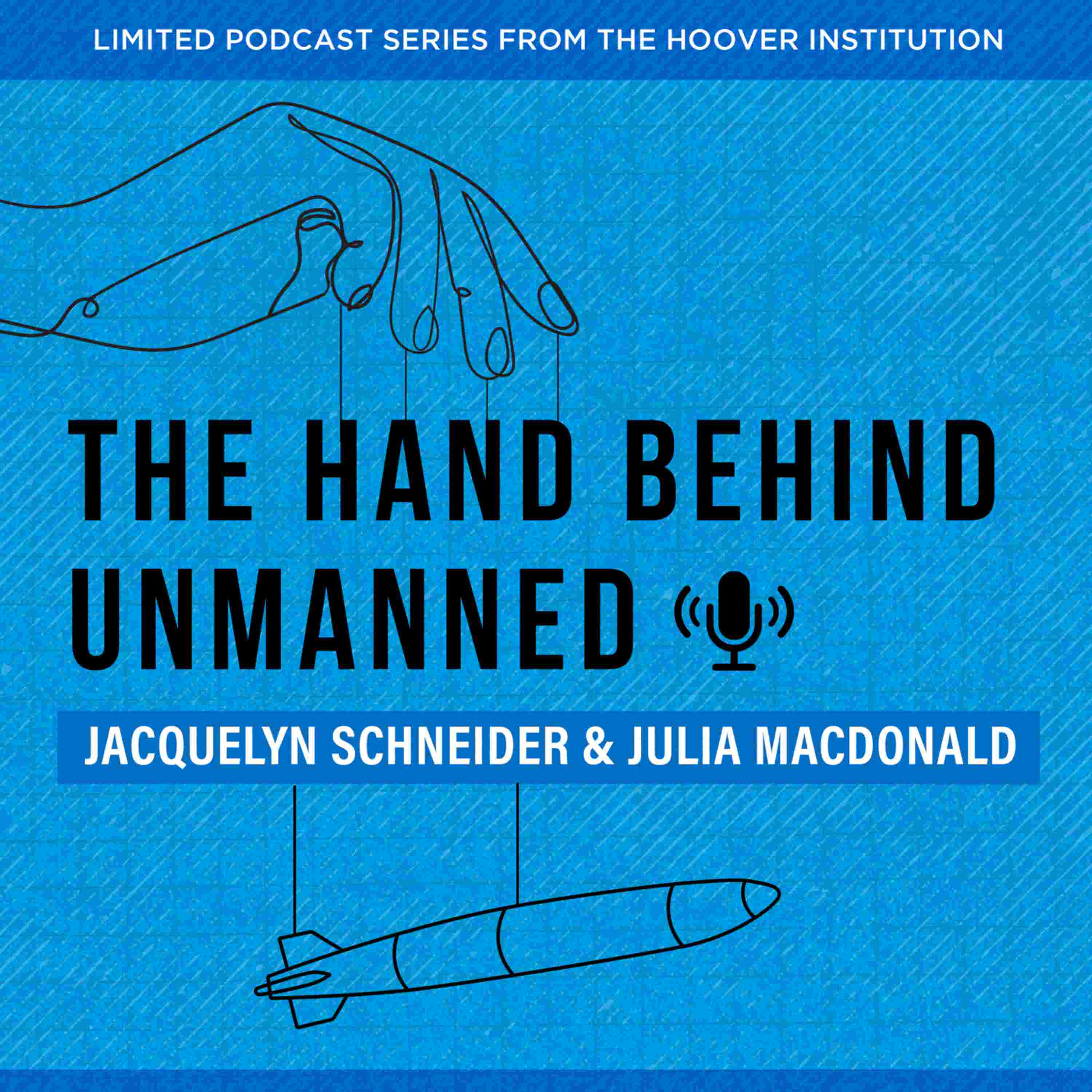

The episode introduces the technologies of an American military post-WWII and the new influencers of the nuclear age: Air Force generals LeMay and Schreiver, Navy Admiral Rickover, and President Eisenhower.
It is the end of World War II and the beginning of the nuclear age. The American response to German rockets is a flurry of investments in missiles, rockets, and “pilotless aircraft” – all to deter a rising nuclear adversary, the Soviet Union. The introduction of the Air Force brings “main character” energy to US unmanned investments as Air Force General Curtis LeMay’s battle to shape his new service’s identity significantly alters the trajectory of unmanned for all the armed services. A Sputnik moment catalyzes investments in space even as President Eisenhower attempts to keep what he sees as dangerous armed service identity battles from hijacking the fragile peace in the domain. Meanwhile, as the US grapples with its new nuclear reality, unmanned strategic systems are front and center as tactical unmanned innovations in mines and early guided bombs debut in the Korean War.
The episode introduces not only the technologies, but the role of armed service identity to the ultimate trajectory of these unmanned systems. It will be the people of the nuclear age: Air Force Generals like LeMay and Bernard Schreiver, Navy Admiral Hyman Rickover, and President Dwight D. Eisenhower who will ultimately determine the strategic future of unmanned in the burgeoning nuclear age.